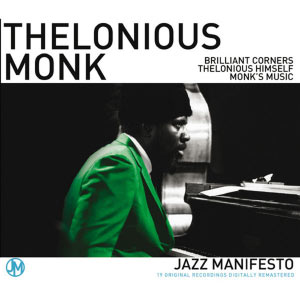Thelonious Monk Brilliant Corners Free Download


John Coltrane, Thelonious Monk — Functional RedMP3. Count Down — John Coltrane, Wilbur Harden The Complete Savoy Sessions, Vol.
January 8, 2018 • Brilliant Corners, by Thelonious Monk When producer Orrin Keepnews signed Thelonious Monk to his newly formed Riverside label in 1955, he had to come up with a plan. He paid Bob Weinstock, president of Prestige records that had a contract with Monk, a mere $108 and got Monk off that contract.
ICEd is not yet available for general download but when it is it will be exclusive to. Has more details of ICEd including a screenshot. International cricket captain 2010 editor jobs.
Weinstock was not upset over losing Monk. The genius of modern jazz was an esteemed musician to all who knew him, but his albums did not sell. Weinstock had more commercially successful artists to focus on, including Miles Davis and The Modern Jazz Quartet, and did not shed a tear when Monk left his label.
Thinking that Monk’s originals are too bizarre for the jazz audience at large, Keepnews pushed Monk to play familiar pieces with the hope that this will increase his record sales. Monk recorded two trio albums of well-known jazz tunes, the first with material from the Duke Ellington songbook, the second with show tune standards. Hack wep program. The two albums, like the Prestige albums that preceded them, flopped. Reviews were not favorable to these albums.
Thelonious Monk Allmusic
Down beat wrote this on the Ellington LP: “It does Monk little good to force him to adapt to a program for which he has little empathy as a pianist-writer, though he may have large liking for Ellington as a listener.” Keepnews forgot that what makes Monk unique is not necessarily his performance or interpretation skills, its his compositions. Monk already wrote many of his best loved compositions by that time, including ‘Round Midnight, Off Minor, Straight No Chaser and Blue Monk to name a few, but he had more material coming. After a fire destroyed most of the possessions at his house in early 1956, his piano included, he started composing at the residence of the Baroness of Jazz Pannonica de Koenigswarter, equipped with a Steinway grand.